Woolly Twin-flower Saltbush,
Two-horn Saltbush,
Twin-flower Saltbush
Display all 16 images
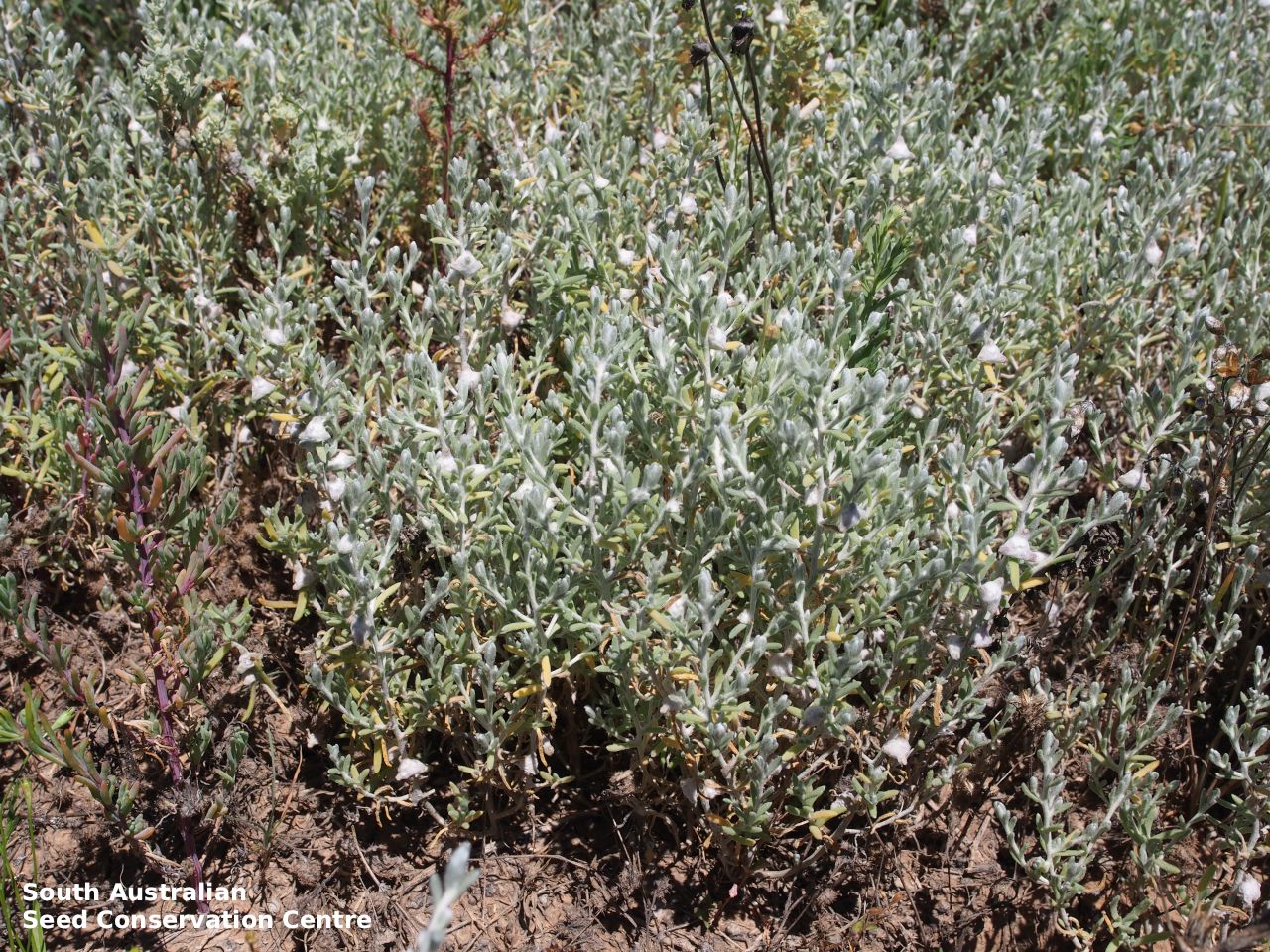
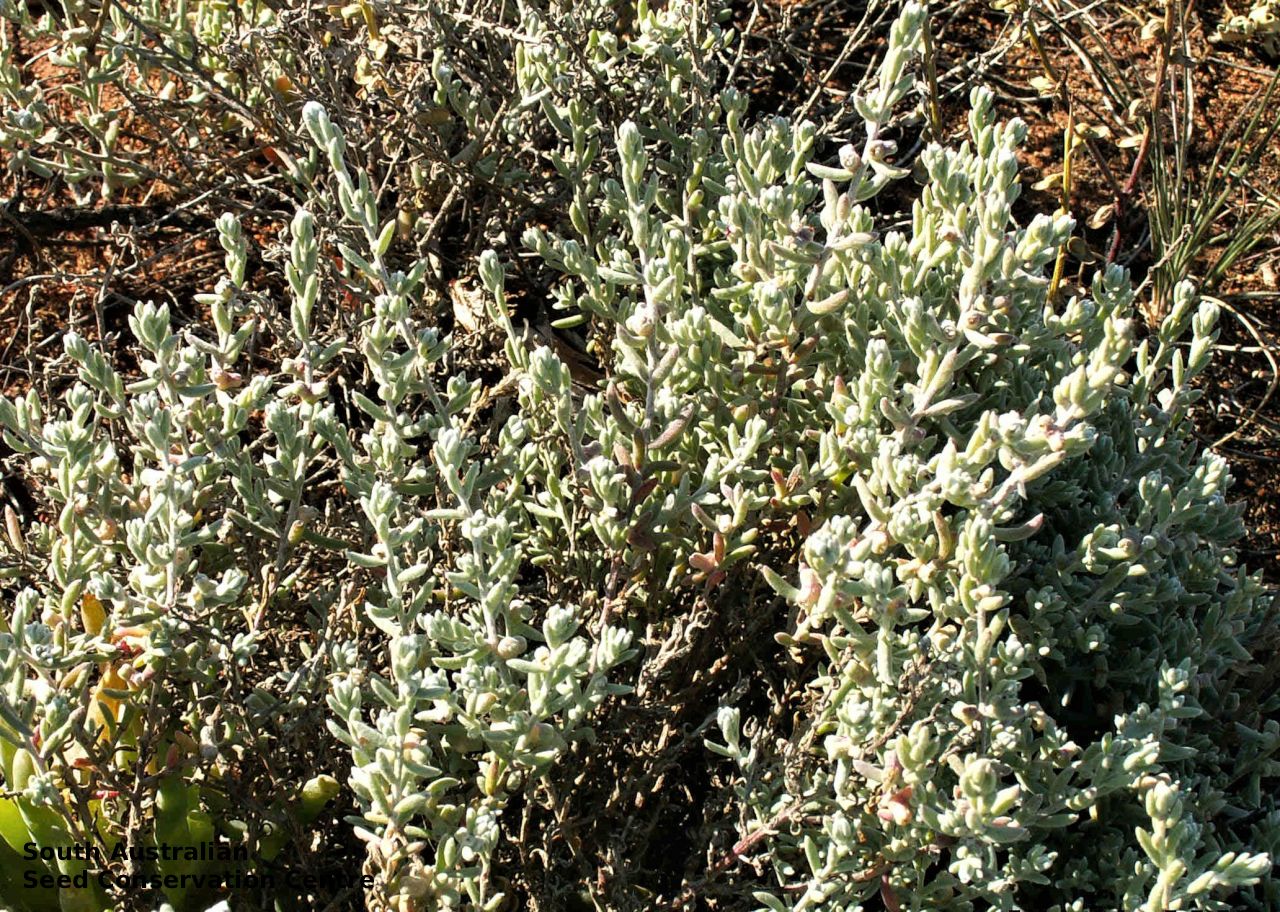
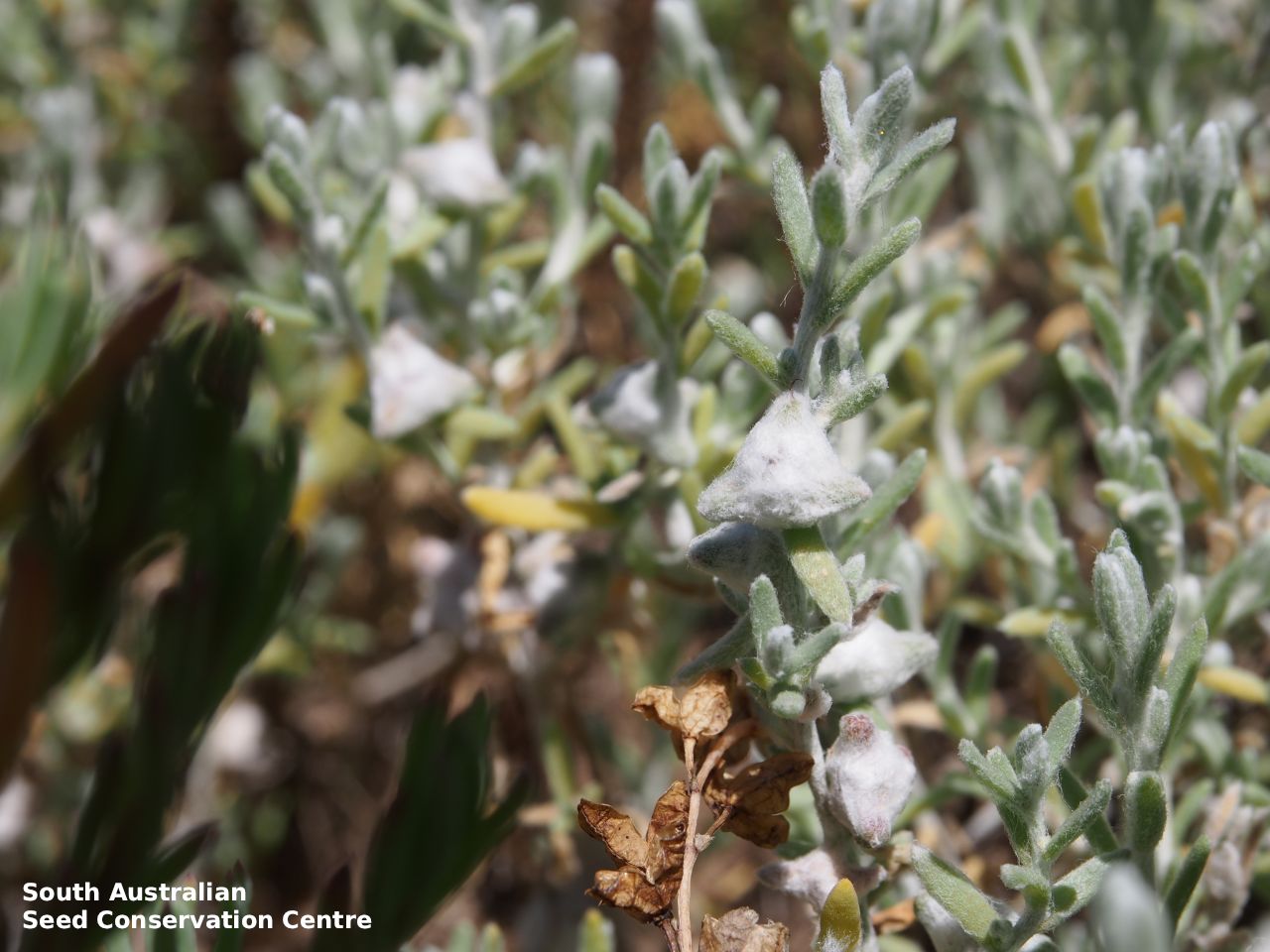
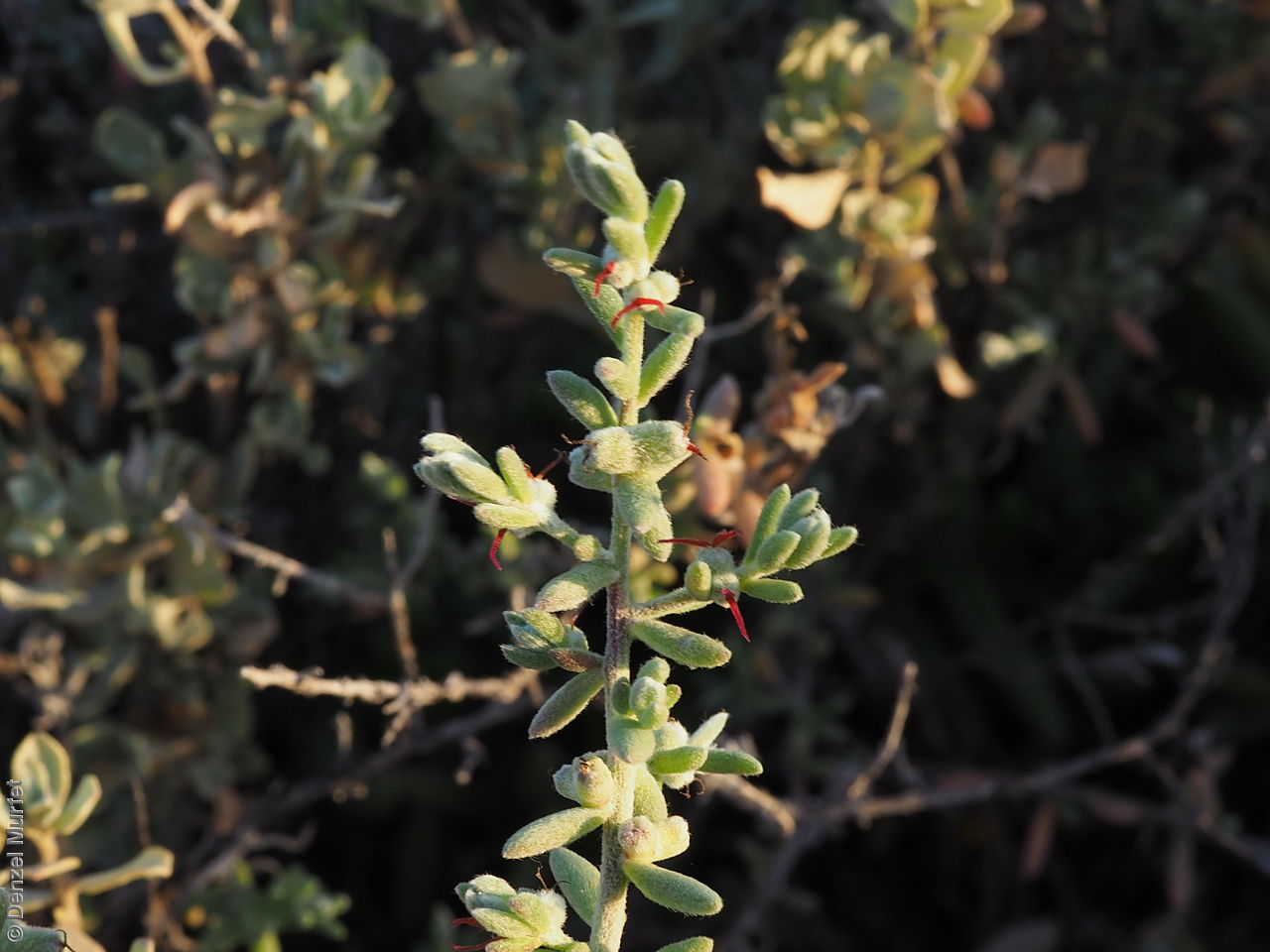
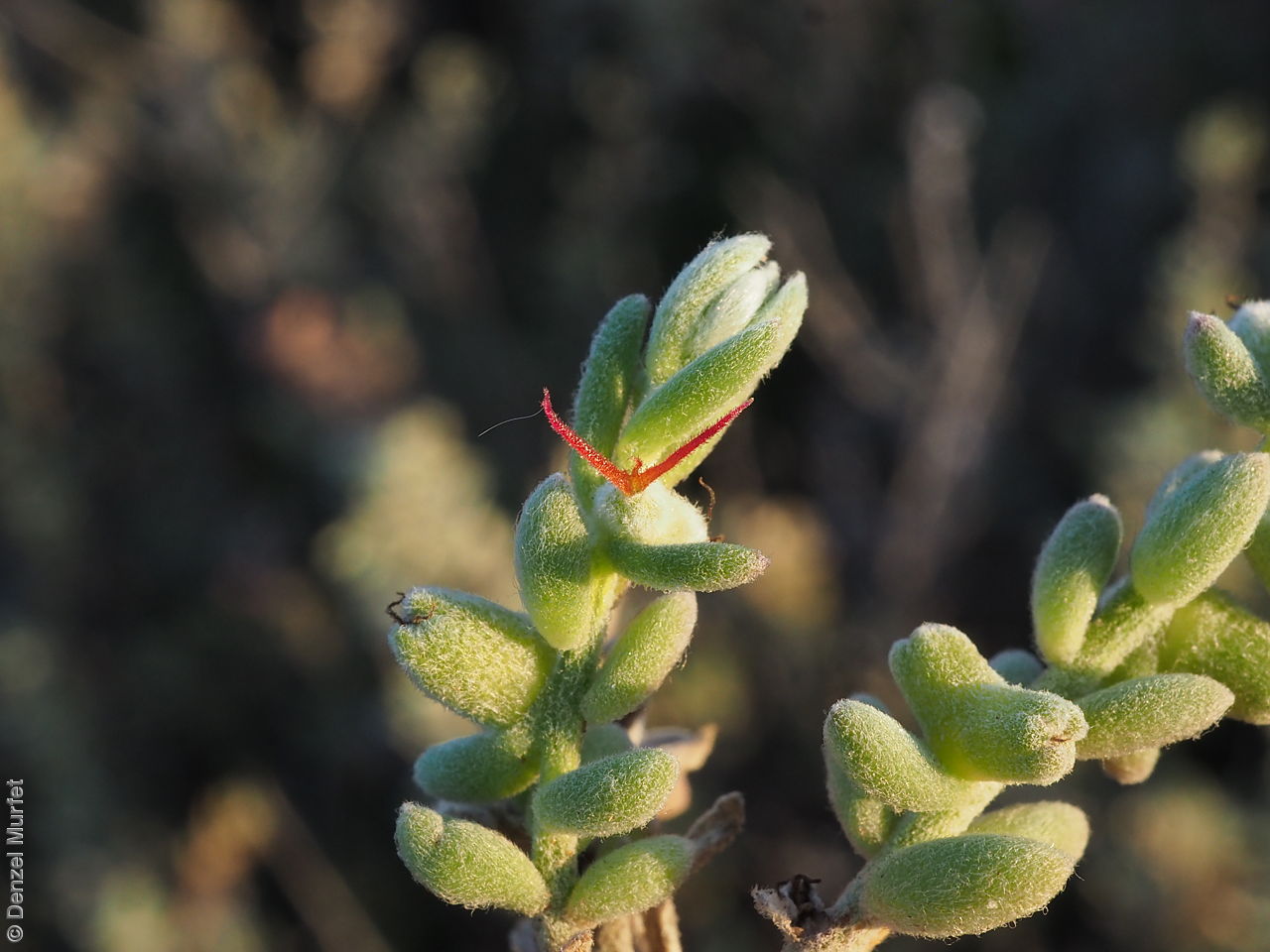
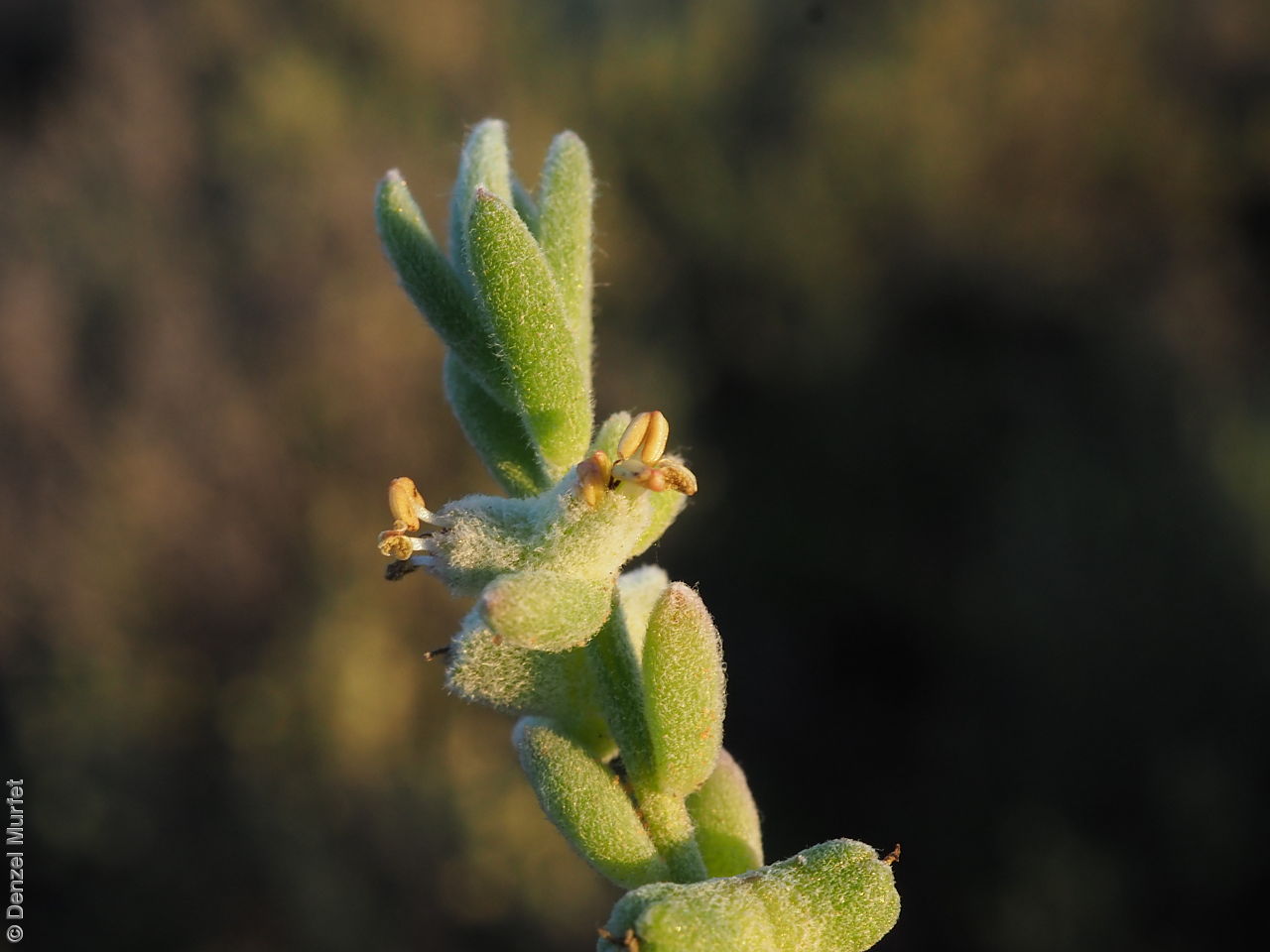
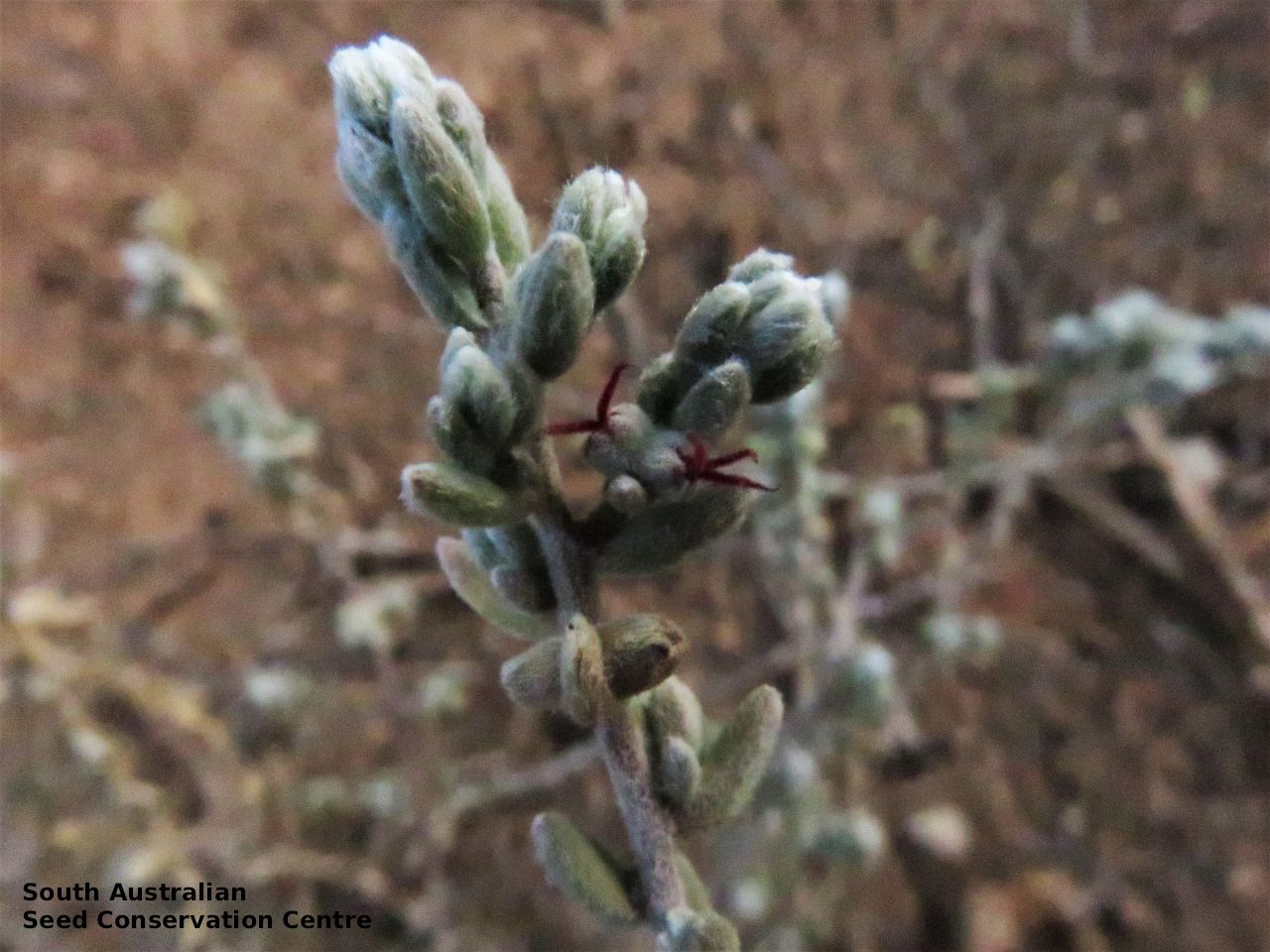
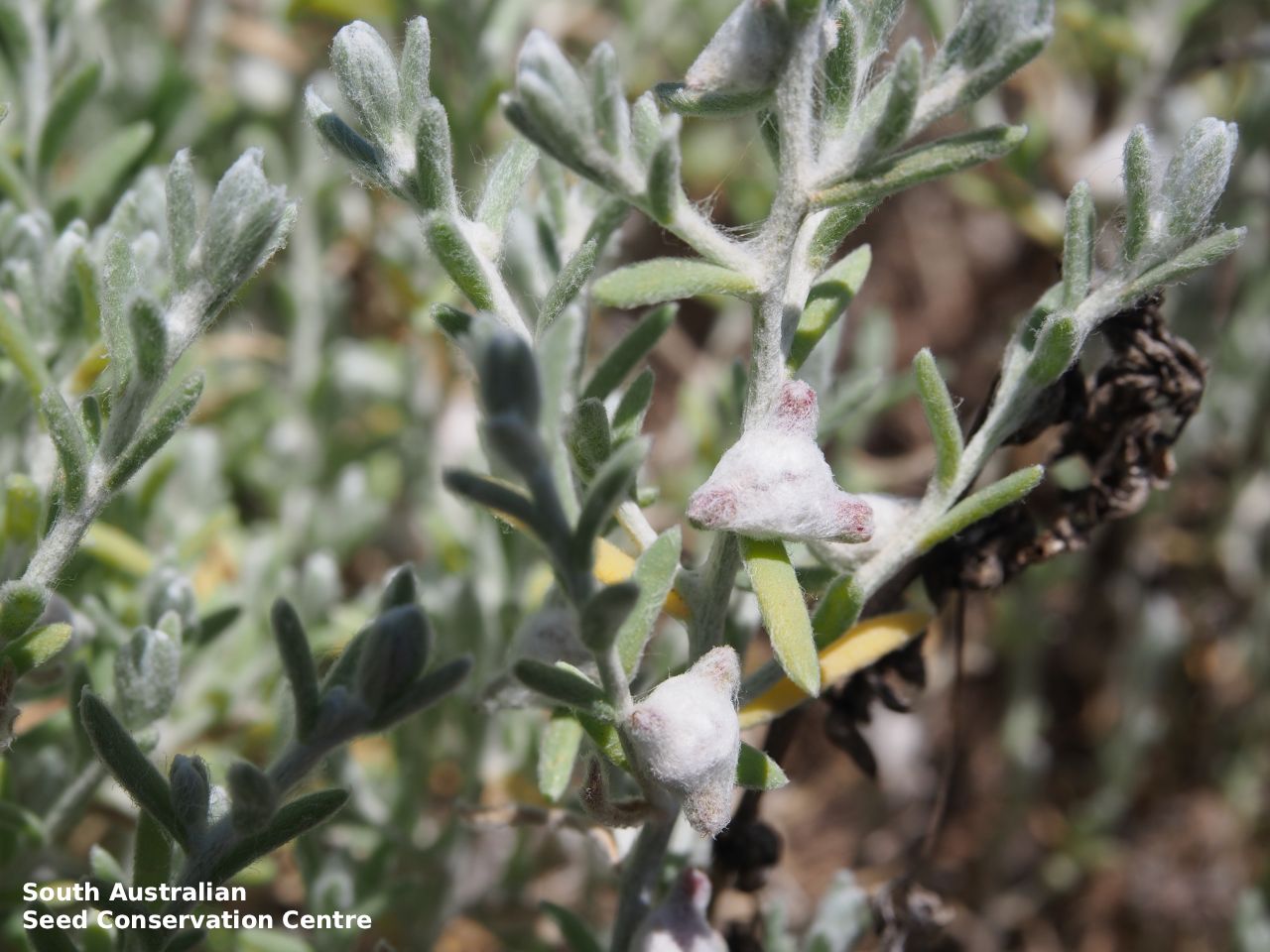
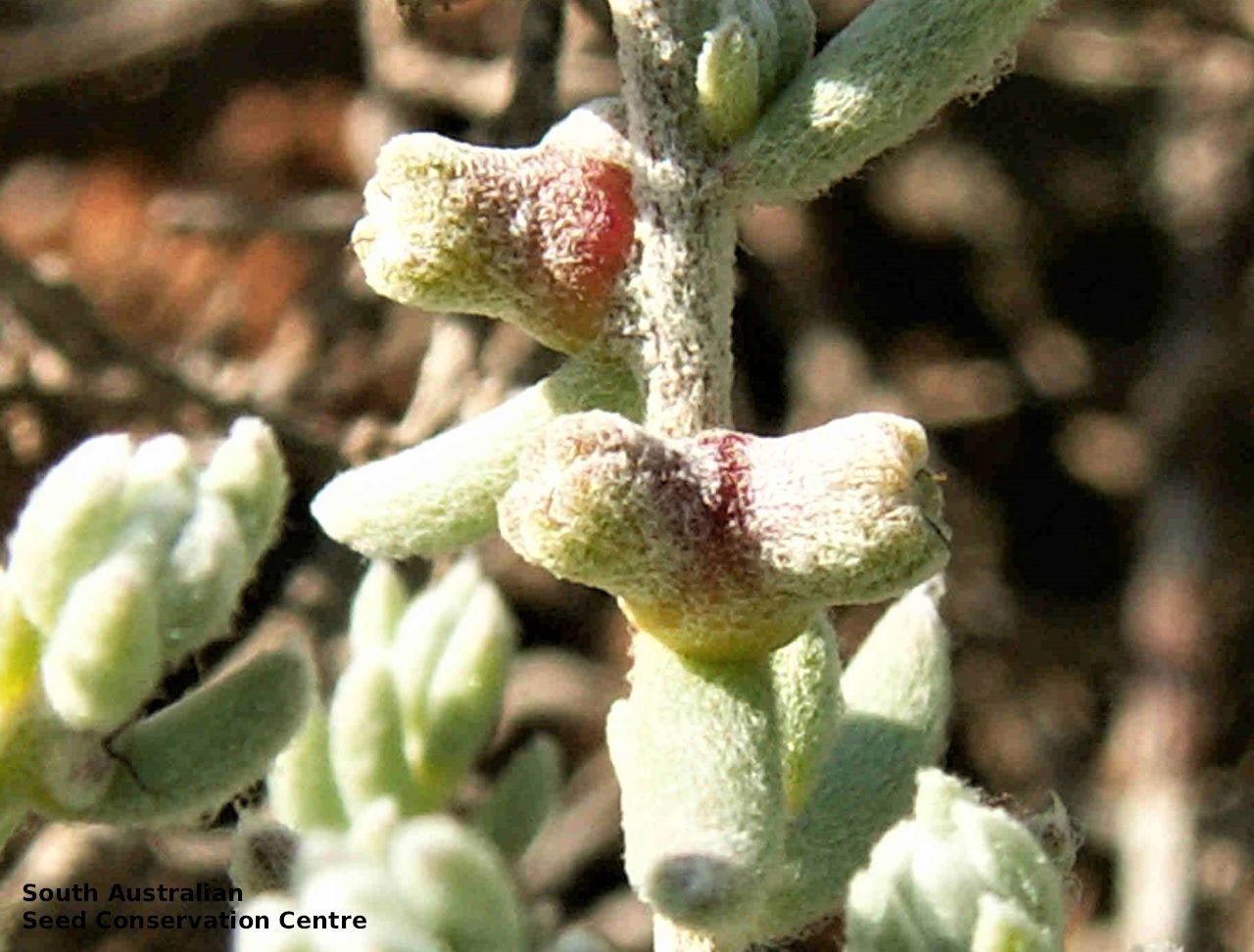
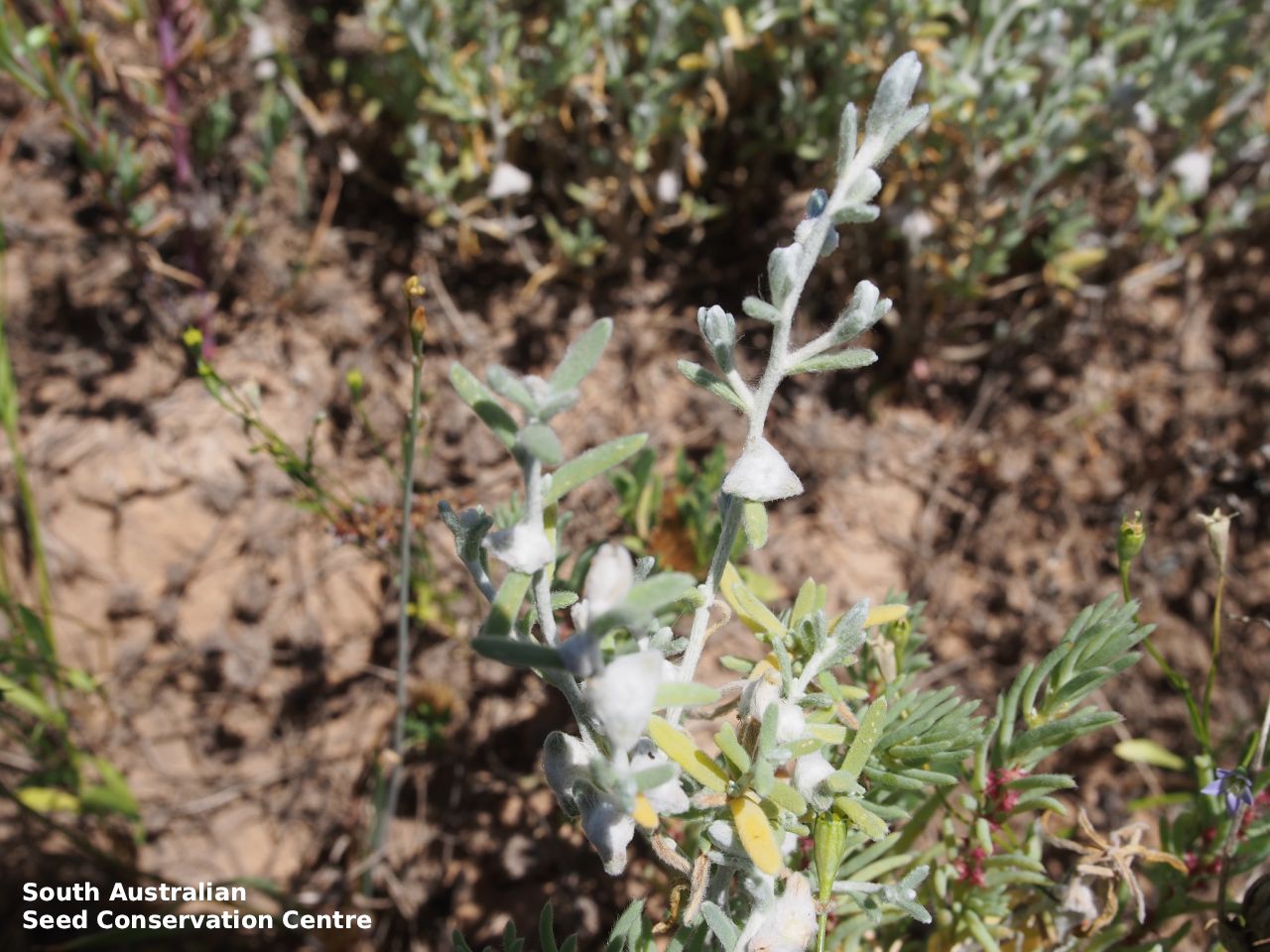
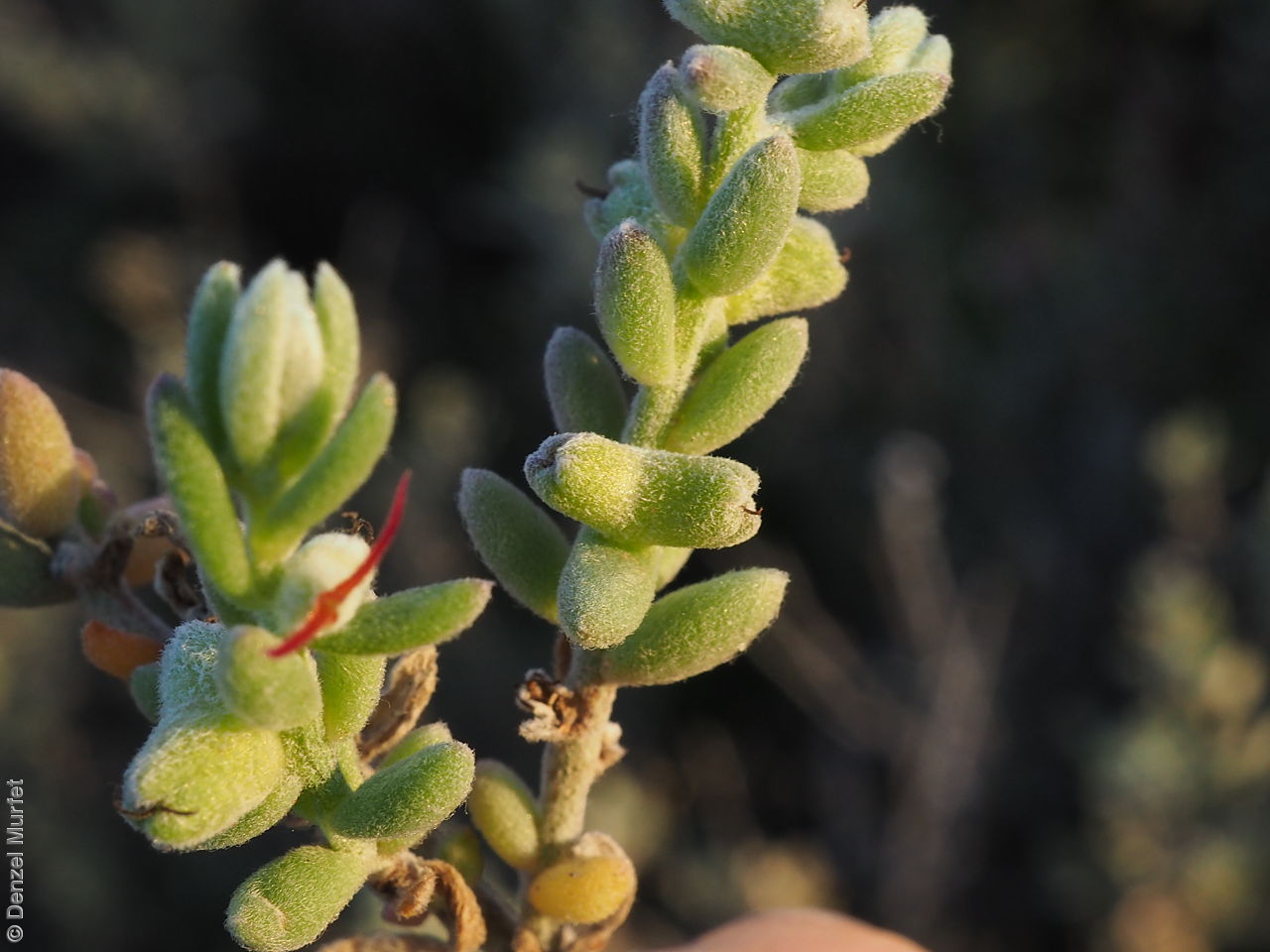
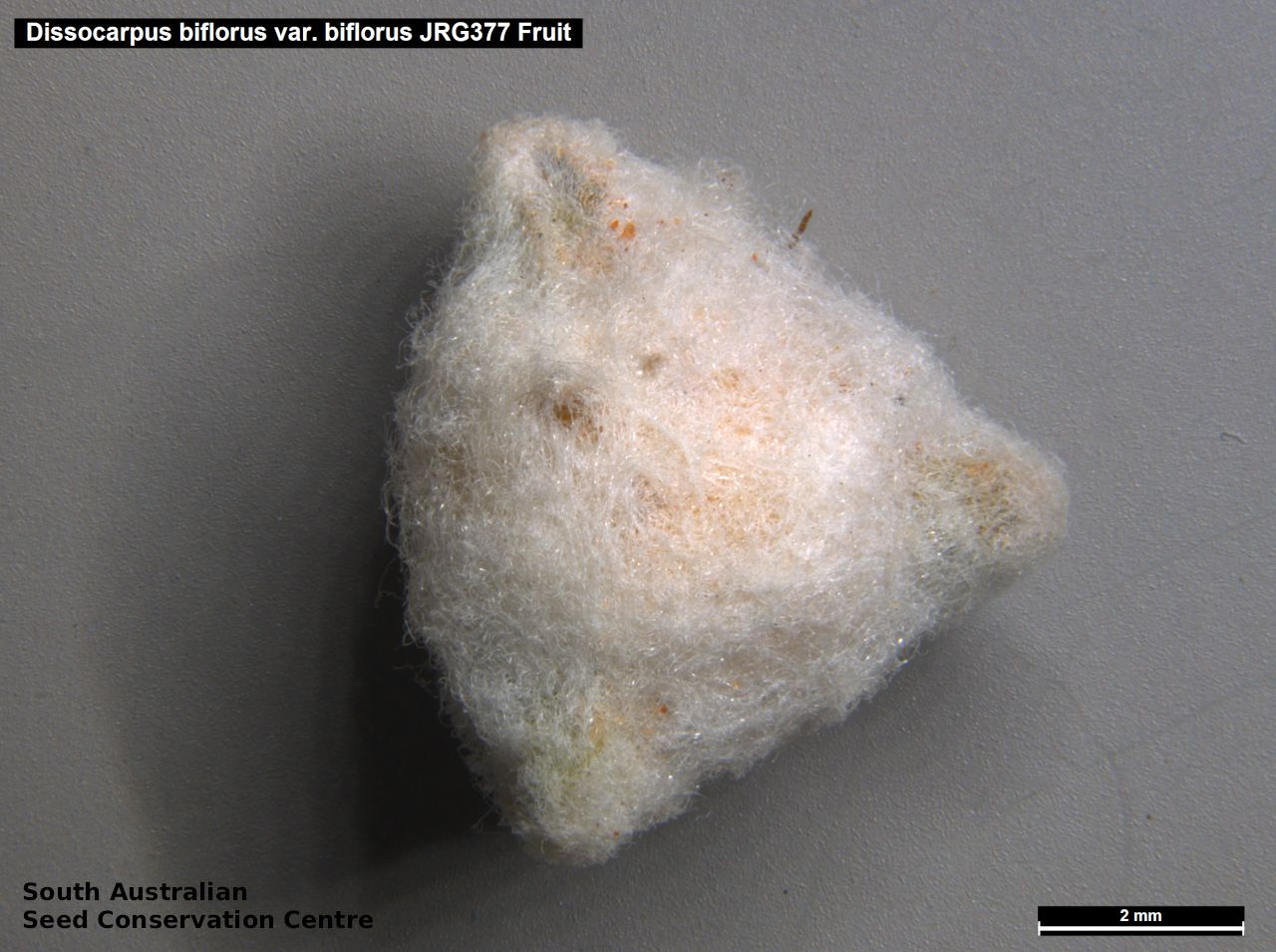
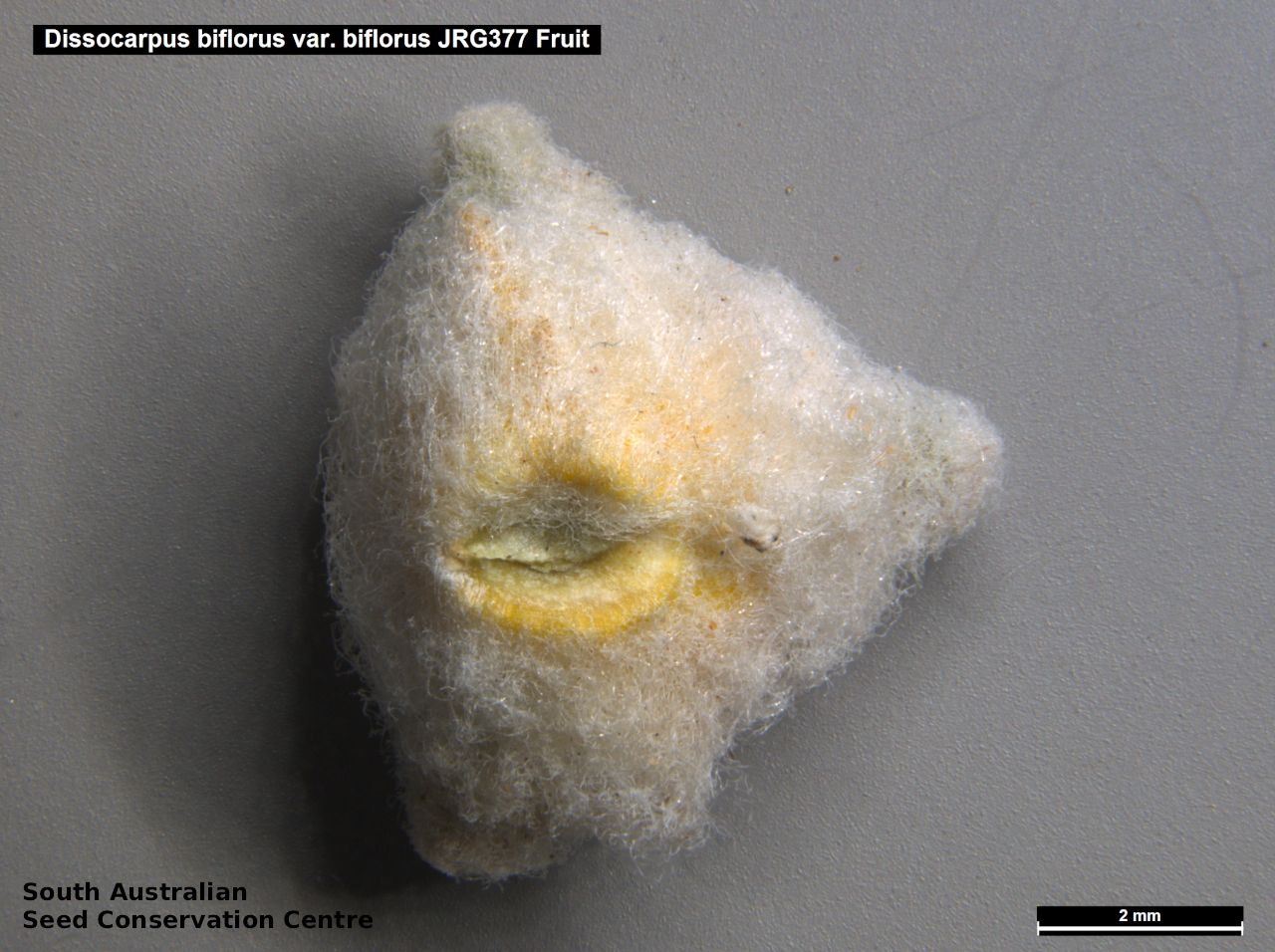
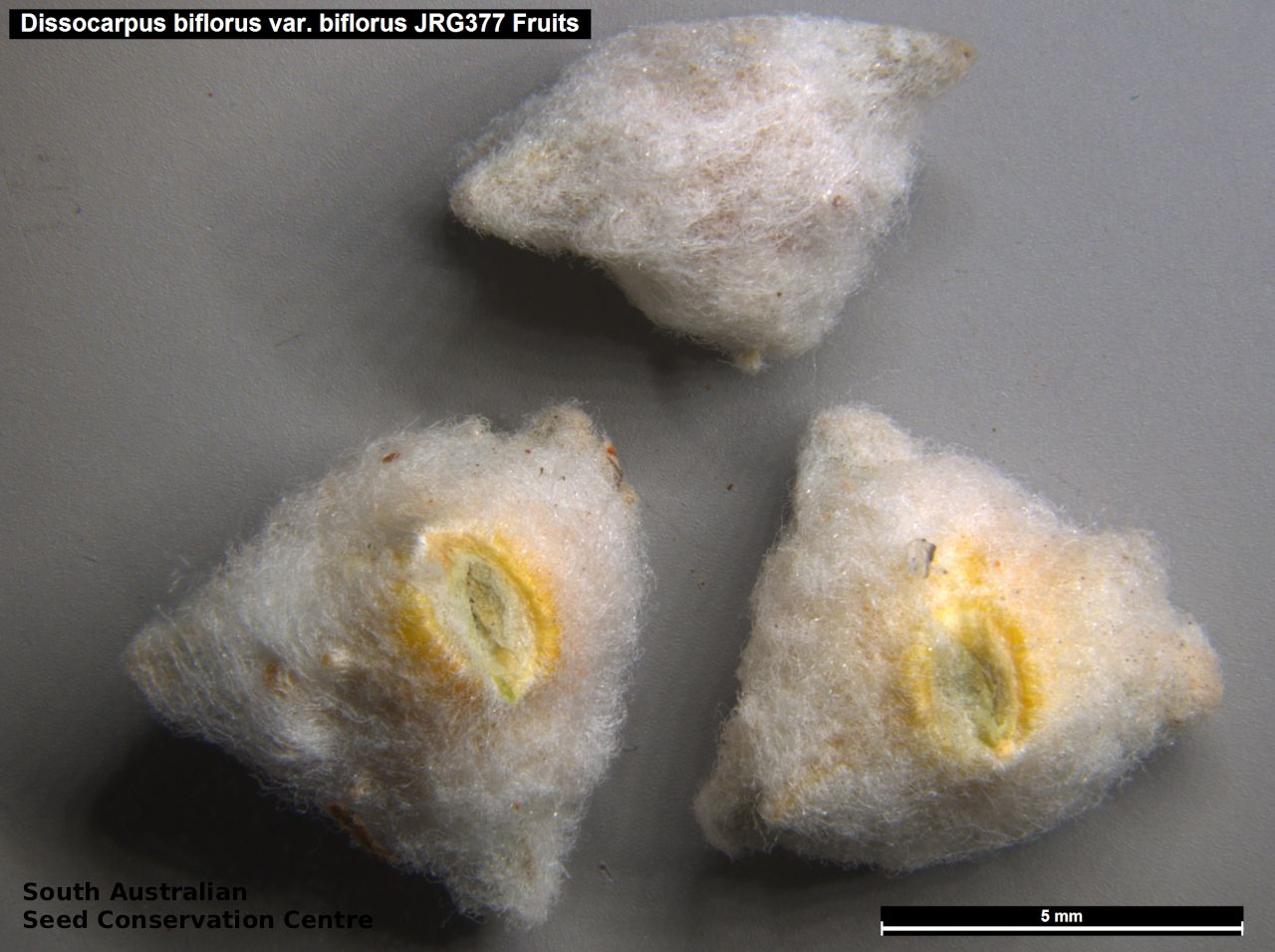
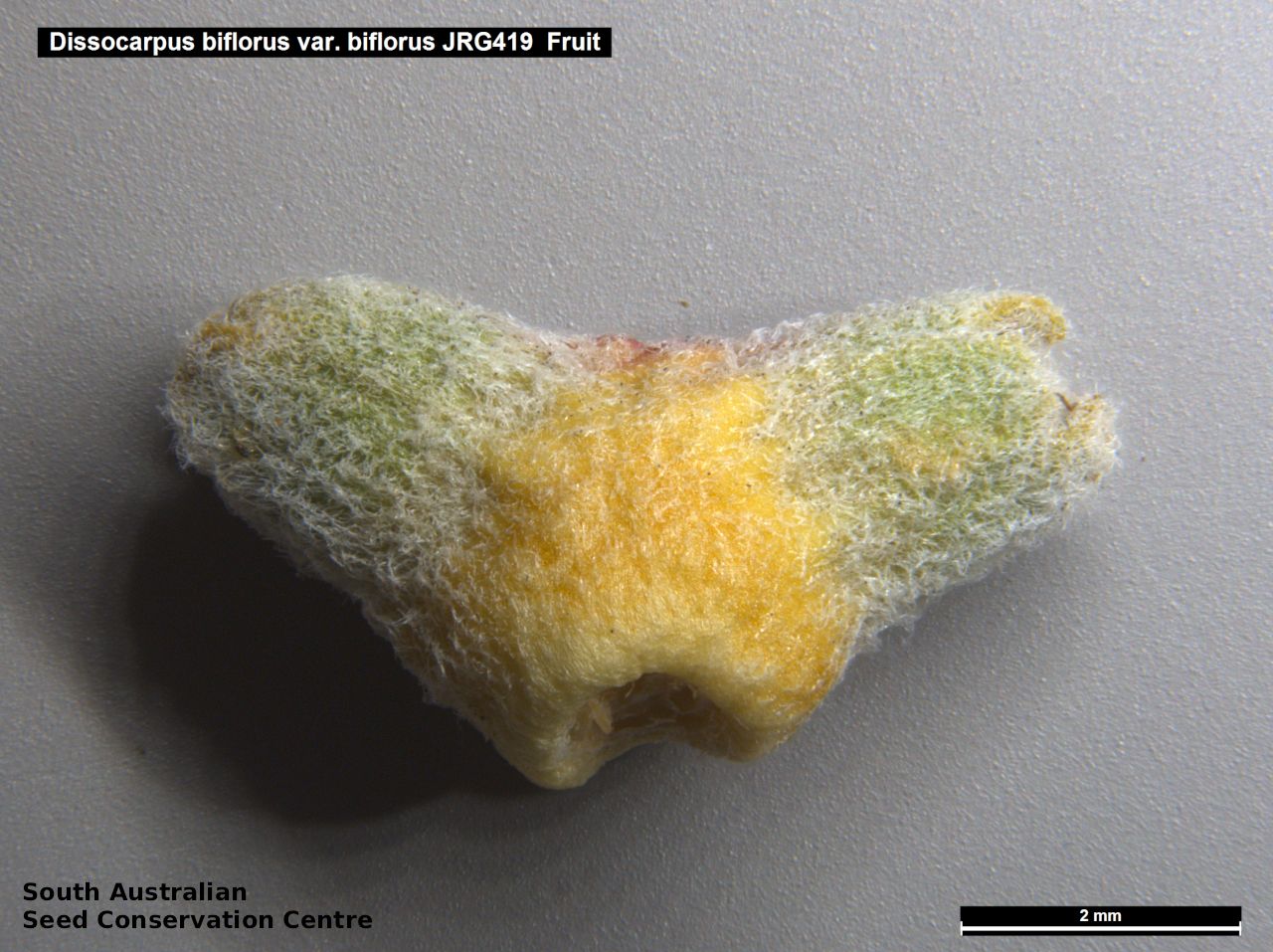
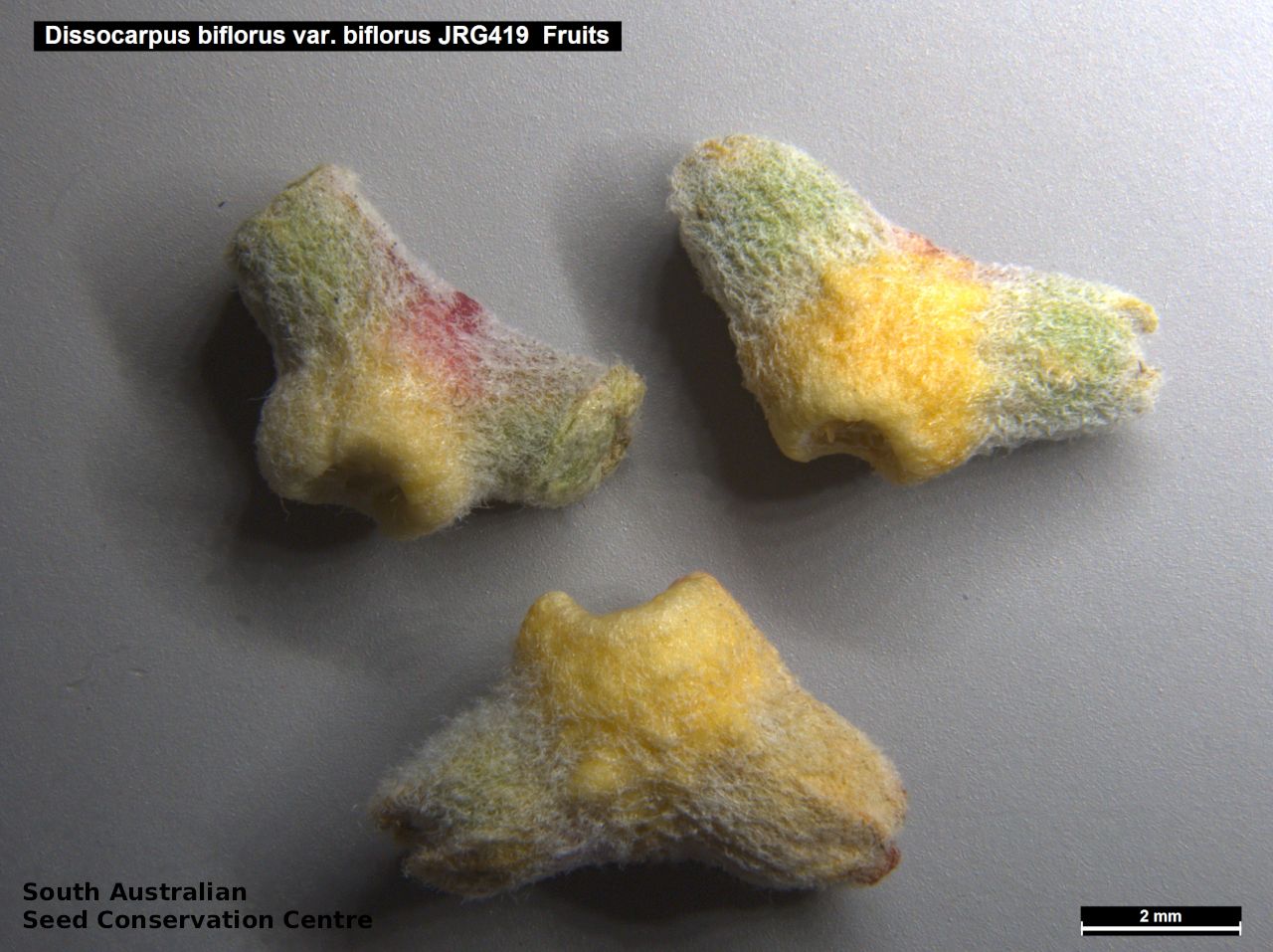
Regional Species Conservation Assessments per IBRA subregion.

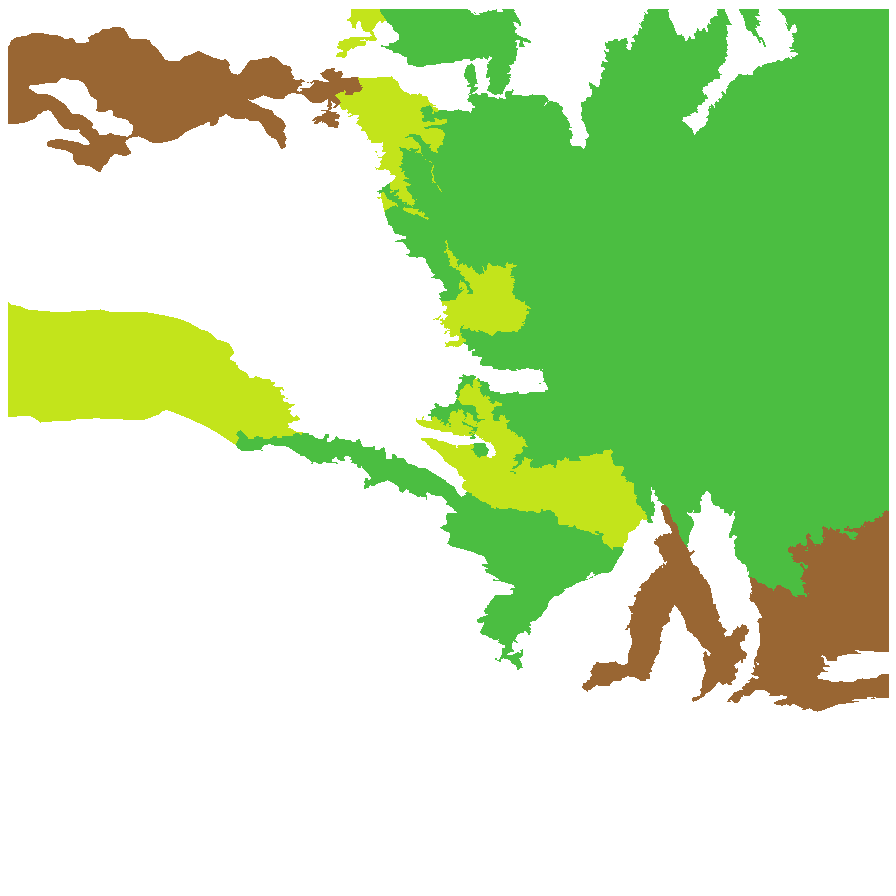
Least concern
Near threatened
Rare
Vulnerable
Endangered
Critically endangered
Extinct
Data deficient
Adelaide
Arkaroola
Ceduna
Coober Pedy
Hawker
Innamincka
Marla
Marree
Mount Gambier
Oodnadatta
Renmark
Wudinna
Keith
Yunta
Display IBRA region text
| Mount Lofty Ranges (FLB01) | Flinders Lofty Block | Rare (IUCN: RA d(i,ii)) (Probable Decline) [on coastal cliffs; some cliffs are eroding] |
| Olary Spur (FLB03) | | Least Concern [grazing a threat] |
| Southern Flinders (FLB04) | | Least Concern [grazing a threat] |
| Northern Flinders (FLB05) | | Least Concern |
| Central Flinders (FLB06) | | Least Concern |
| Southern Yorke (EYB01) | Eyre Yorke Block | Rare (IUCN: RA d(i,ii)) [limit of range] |
| St Vincent (EYB02) | | Rare (IUCN: RA d(ii)) |
| Eyre Hills (EYB03) | | Least Concern |
| Eyre Mallee (EYB05) | | Least Concern |
| South Olary Plain (MDD01) | Murray Darling Depression | Rare (IUCN: RA d(i,ii)) |
| Murray Mallee (MDD02) | | Rare (IUCN: RA d(i,ii)) |
| Braemer (MDD07) | | Least Concern [grazing a threat] |
| Murray Scroll Belt (RIV06) | Riverina | Rare (IUCN: RA d(ii)) [likes duplex soils] |
| Myall Plains (GAW01) | Gawler | Near Threatened |
| Gawler Volcanics (GAW02) | | Near Threatened |
| Gawler Lakes (GAW03) | | Least Concern |
| Arcoona Plateau (GAW04) | | Least Concern |
| Torrens (GAW06) | | Least Concern |
| Roxby (GAW07) | | Least Concern |
| Kintore (GVD04) | Great Victoria Desert | Rare (IUCN: RA d(ii)) [edge of range] |
| Nullarbor Plain (NUL02) | Nullarbor | Near Threatened |
| Yalata (NUL03) | | Near Threatened |
| Barrier Range (BHC01) | Broken Hill Complex | Least Concern [grazing a threat] |
| Barrier Range Outwash (BHC04) | | Least Concern [grazing a threat] |
| Bimbowrie (BHC05) | | Least Concern [grazing a threat] |
| Curnamona (BHC06) | | Least Concern [grazing a threat] |
| Dieri (SSD03) | Simpson Strzelecki Dunefields | Least Concern |
| Warriner (SSD04) | | Least Concern |
| Strzelecki Desert (SSD05) | | Least Concern |
| Breakaways (STP01) | Stony Plains | Near Threatened [edge of range] |
| Oodnadatta (STP02) | | Least Concern |
| Murnpeowie (STP03) | | Least Concern |
| Peake-Dennison Inlier (STP04) | | Least Concern |
| Witjira (STP06) | | Least Concern |
| Baltana (STP07) | | Least Concern |
| Sturt Stony Desert (CHC02) | Channel Country | Least Concern |
| Coongie (CHC06) | | Least Concern |
| Lake Pure (CHC07) | | Least Concern |
| Everard Block (CER03) | Central Ranges | Rare (IUCN: RA d(ii)) [edge of range] |
| 5 of 6 subregions | Flinders Lofty Block | Least Concern , Rare |
| 4 of 5 subregions | Eyre Yorke Block | Least Concern , Rare |
| 3 of 6 subregions | Murray Darling Depression | Least Concern , Rare |
| Murray Scroll Belt (RIV06) | Riverina | Rare (IUCN: RA d(ii)) [likes duplex soils] |
| 6 of 8 subregions | Gawler | Least Concern , Near Threatened |
| Kintore (GVD04) | Great Victoria Desert | Rare (IUCN: RA d(ii)) [edge of range] |
| 2 of 3 subregions | Nullarbor | Near Threatened |
| 4 of 4 subregions | Broken Hill Complex | Least Concern |
| 3 of 4 subregions | Simpson Strzelecki Dunefields | Least Concern |
| 6 of 7 subregions | Stony Plains | Least Concern , Near Threatened |
| 3 of 4 subregions | Channel Country | Least Concern |
| Everard Block (CER03) | Central Ranges | Rare (IUCN: RA d(ii)) [edge of range] |
Botanical art
Kath Alcock paintings: 7
Prior names
Bassia biflora var. cephalocarpa
Dissocarpus biflorus var. cephalocarpus
Sclerolaena biflora
Bassia biflora
Common names
Woolly Twin-flower Saltbush
Two-horn Saltbush
Twin-flower Saltbush
Etymology
Dissocarpus from the Greek 'dissos' meaning two fold and 'carpos' meaning fruit, referring to the paired fruits of the original species. Biflorus from the Latin 'bi' meaninf two and 'florus' meaning flower' referring to the species double (or three) flowers that are united into a small woolly ball.
Distribution and status
Found scattered across the eastern part of South Australia from the border south into the southern Mount Lofty Ranges, growing in heavy slightly saline soil. Also found in all mainland states Native. Common in South Australia. Rare in Western Australia, Victoria and Queensland. Common in the other states.
Herbarium regions: North Western, Lake Eyre, Nullarbor, Gairdner-Torrens, Flinders Ranges, Eastern, Eyre Peninsula, Northern Lofty, Murray, Yorke Peninsula, Southern Lofty, Green Adelaide
NRM regions: Adelaide and Mount Lofty Ranges, Alinytjara Wilurara, Eyre Peninsula, Northern and Yorke, South Australian Arid Lands, South Australian Murray-Darling Basin
AVH map: SA distribution map (external link)
Plant description
Sprawling to erect perennial shrub to 60 cm tall. Leaves linear, semi-terete to 10 cm long, appearing grey from a dense covering of simple, appressed hairs. Flowers 2 or 3 united into a small woolly ball. This variety is distinguish from the other variety found in South Australia by having woolly fruiting perianth, where as D. biflorus var. villous have shaggy (villous) hairs covering the fruiting perianth. Flowering throughout the year. Fruit woody covered in short woolly hairs with 2-3 cylindrical widely divergent points. Seed embryo type is peripheral
Seed collection and propagation
Collect seeds between January and December. Collect fruit that are large and hard from the plant or off the ground. Place the fruits in a tray and leave to dry for 1-2 weeks. No further cleaning is required if only the fruits are collected. Store the dried fruit heads with a desiccant such as dried silica beads or dry rice, in an air tight container in a cool and dry place. Germination by seed scarification (covering structure removed).
| Location | No. of seeds
(weight grams) | Number
of plants | Date
collected | Collection number
Collection location | Date
stored | % Viability | Storage
temperature |
MSB |
2,900 (92.16 g) | | 26-Aug-2008 | DJD1129
Lake Eyre | | 90% | |
| BGA | 500 (7.1 g) | 30 | 6-May-2007 | RJB71709
Lake Eyre | 19-Sep-2008 | 40% | -18°C |
Location: BGA — the seeds are stored at the Adelaide Botanic Gardens, MSB — the seeds are stored at the Millennium Seed Bank, Kew, England.
Number of plants: This is the number of plants from which the seeds were collected.
Collection location: The Herbarium of South Australia's region name.
% Viability: Percentage of filled healthy seeds determined by a cut test or x-ray.

















